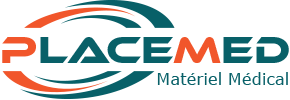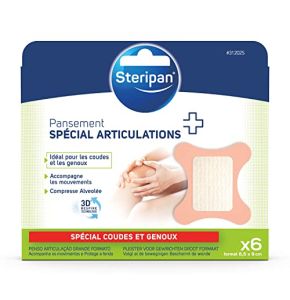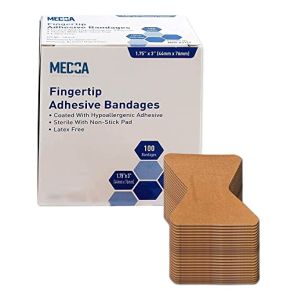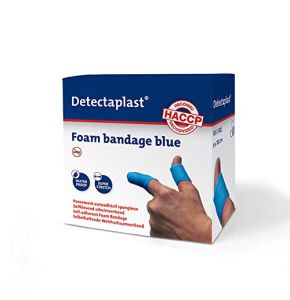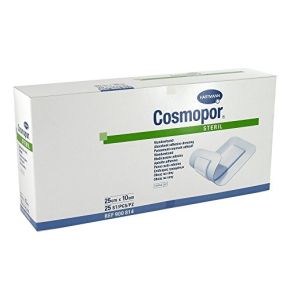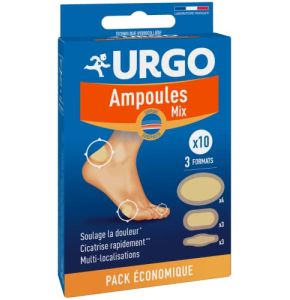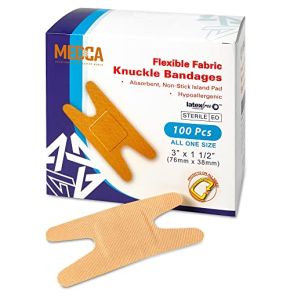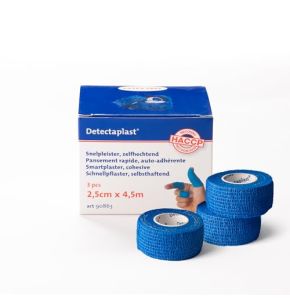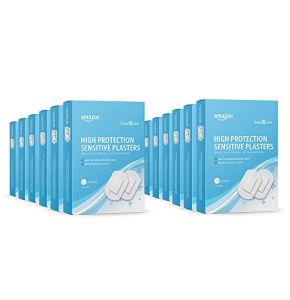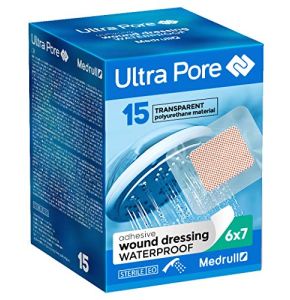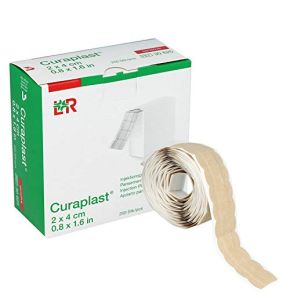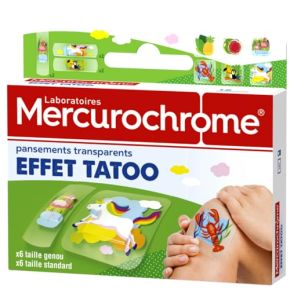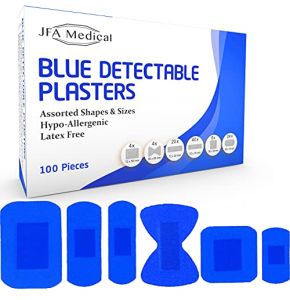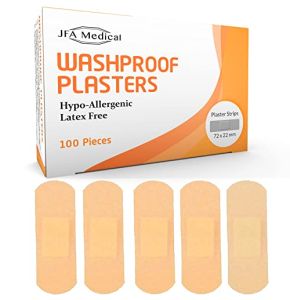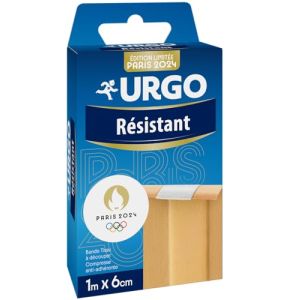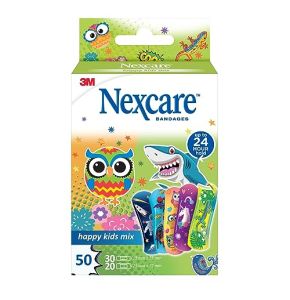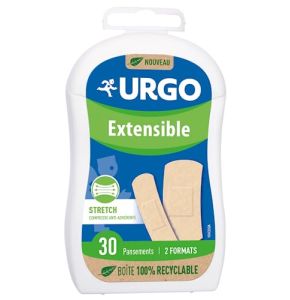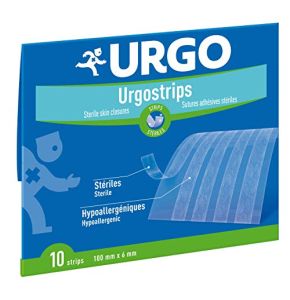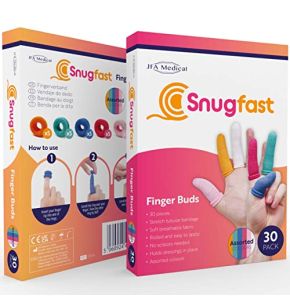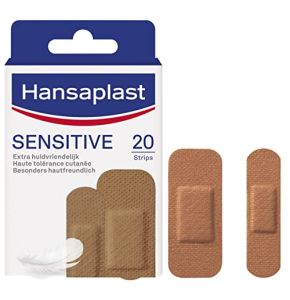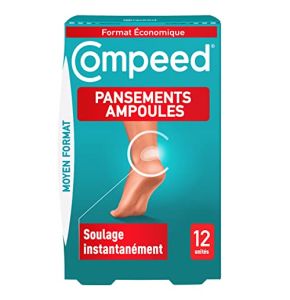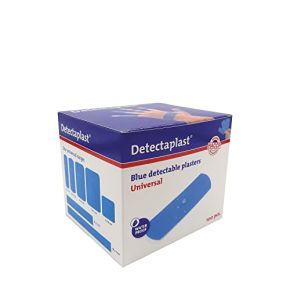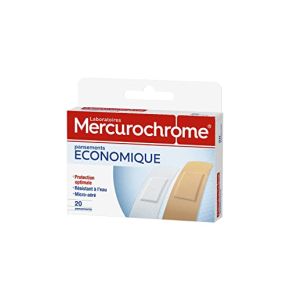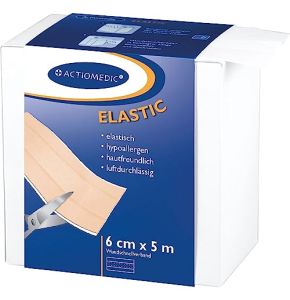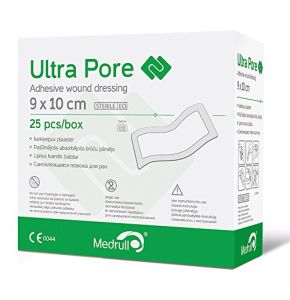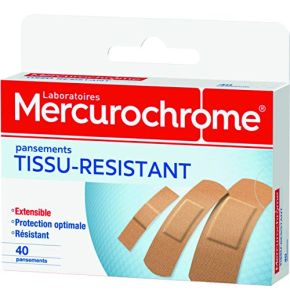Medical Dressing
18/11/2024 275
18/11/2024 261
18/11/2024 350
18/11/2024 321
18/11/2024 294
18/11/2024 261
18/11/2024 302
18/11/2024 271
18/11/2024 259
18/11/2024 289
18/11/2024 224
18/11/2024 307
18/11/2024 343
18/11/2024 278
18/11/2024 311
Dressings: The Essential Ally for Rapid Healing
Dressings are essential elements in the medical field. They protect wounds, promote healing, and prevent infections. Choosing the right dressing and applying it correctly is crucial to ensure optimal healing. At Placemed, we offer a wide range tailored to every need. Let's explore the different types of dressings, how to select the appropriate dressing, and the innovations that improve wound care.
What are the different types of dressings available and their uses?
There is a wide variety of dressings, each with specific uses. Here are the main types and their applications:
- Adhesive Dressings: These are the most common. They consist of an absorbent pad and an adhesive strip that sticks to the skin. Ideal for small cuts, abrasions, and superficial wounds, they protect the wound from external contaminants.
- Hydrocolloid Dressings: These dressings contain substances that form a gel upon contact with wound exudate. They maintain a moist environment conducive to healing. Used for chronic wounds, pressure ulcers, and superficial burns, they adhere well to the skin and can stay in place for several days.
- Alginate Dressings: Made from marine algae, these devices are highly absorbent. They are recommended for deep or highly exudative wounds, such as ulcers or cavitary wounds. Alginates promote coagulation and help control bleeding.
- Hydrogel Dressings: Composed mainly of water, they hydrate dry and necrotic wounds. They are effective for debriding dead tissue and promoting the formation of new tissue. Used for burns, pressure ulcers, and necrotic wounds, they provide a cooling and soothing effect.
- Semi-Permeable Film Dressings: These transparent films allow air and water vapor to pass through but prevent bacteria and water from entering. Perfect for protecting surgical wounds, catheter insertion sites, and superficial wounds, their transparency allows monitoring the wound without removing the dressing.
Each type has its own advantages and is suited to specific situations. It is important to choose the dressing that best fits the nature of the wound to ensure effective healing.
How to choose the most suitable dressing for a particular wound?
Choosing the right dressing is essential to promote healing. Here are the criteria to consider:
- Wound Assessment: Observe the size, depth, and location. A small cut will require a different dressing than a deep ulcer.
- Exudate Level: The amount of fluid produced by the wound influences the choice of dressing. Highly exudative wounds require absorbent devices like alginates, while dry wounds benefit from hydrogels.
- Presence of Infection: If the wound is infected, it is important to choose an antimicrobial dressing that will help fight bacteria. Some devices contain silver or other antibacterial agents.
- Condition of Surrounding Skin: The skin around the wound must be protected. If it is fragile or sensitive, it is preferable to use a gentle dressing that does not adhere strongly to avoid damaging the skin upon removal.
- Allergies and Sensitivities: Ensure that the patient is not allergic to the dressing materials, such as latex or certain adhesives.
By taking these factors into account, you can select the most appropriate dressing, which will accelerate healing and improve patient comfort.
Best Practices for Applying and Changing Dressings
Correct application of the dressing is essential to prevent infections and promote healing. Here are the steps to follow:
Aseptic Techniques
Before touching the wound or dressing, thoroughly wash your hands with soap and water or use an alcohol-based solution. Wear sterile gloves if possible to reduce the risk of contamination.
Wound Preparation
Gently clean the area with a saline solution or a mild antiseptic. Avoid using irritating products that could damage the tissues. Gently dry the surrounding area by patting with a sterile gauze.
Applying the Dressing
Choose a dressing of appropriate size to cover the entire wound with a margin of a few centimeters. Avoid touching the part that will come into contact with the wound. Place it gently without applying excessive pressure.
Change Frequency
The dressing should be changed regularly to prevent bacterial buildup and monitor the progress of healing. The frequency depends on the type used and the wound. Some dressings can remain in place for several days, while others need to be changed daily.
Wound Monitoring
At each change, observe the wound for any signs of infection, such as redness, swelling, pus, or an unpleasant odor. If you notice these symptoms, consult a healthcare professional.
By adhering to these practices, you will help the wound heal faster and reduce the risk of complications.
How Do Modern Dressings Promote Wound Healing?
Modern dressings are designed to support the natural healing process. Here's how they achieve this:
- Maintaining a Moist Environment: Unlike traditional methods that let the wound dry, these devices maintain optimal moisture, promoting the formation of new cells and accelerating healing.
- Infection Control: Some dressings incorporate antimicrobial agents, such as silver, which help prevent infections by eliminating bacteria present in the wound.
- Cellular Stimulation: Bioactive devices can release substances that stimulate cell growth and the formation of new tissue, thereby improving scar quality.
- Exudate Management: Absorbent dressings control moisture levels by absorbing excess fluid, thus preventing maceration of the surrounding skin.
- Mechanical Protection: They protect the wound from physical trauma, friction, and external contamination, essential for uncomplicated healing.
Thanks to these features, modern dressings play an active role in the healing process, providing optimal conditions for recovery.
What Innovations Exist in the Field of Dressings to Improve Wound Care?
Advancements in this field have significantly improved wound treatment. Here are some of the latest innovations:
- Smart Dressings: These devices integrate sensors that monitor the wound's condition in real-time, such as moisture levels, pH, or the presence of infection. They can alert the patient or doctor in case of problems, allowing for quick intervention.
- Bioactive Materials: Some dressings are impregnated with substances that promote healing, such as growth factors or antimicrobial peptides. They stimulate tissue regeneration and reduce healing time.
- Integrated Sensor Technology: In addition to smart devices, integrated sensors can measure wound pressure or temperature, helping to prevent pressure ulcers in bedridden patients by detecting at-risk areas.
- Controlled Release Dressings: These devices can gradually release medications, such as antibiotics, directly onto the wound, enhancing treatment effectiveness.
- Innovative Materials: The use of nanofibers or biodegradable polymers allows for the creation of more effective dressings, better adapting to the wound and improving patient comfort.
These innovations offer new possibilities for wound treatment, enhancing the quality of care and patient well-being.
In conclusion, dressings are key elements to ensure effective healing. Choosing the appropriate dressing, correct application, and careful monitoring are essential to prevent infections and promote healing. Technological advancements offer new solutions to improve care.
At Placemed, we are dedicated to providing a wide range of high-quality dressings to meet all your needs. Whether you are a healthcare professional or an individual, you will find the right dressing for every situation. Feel free to explore our selection and contact us for any advice or additional information.
Your health and comfort are our priority. Trust Placemed to support you in your daily care.
 Francais
Francais 